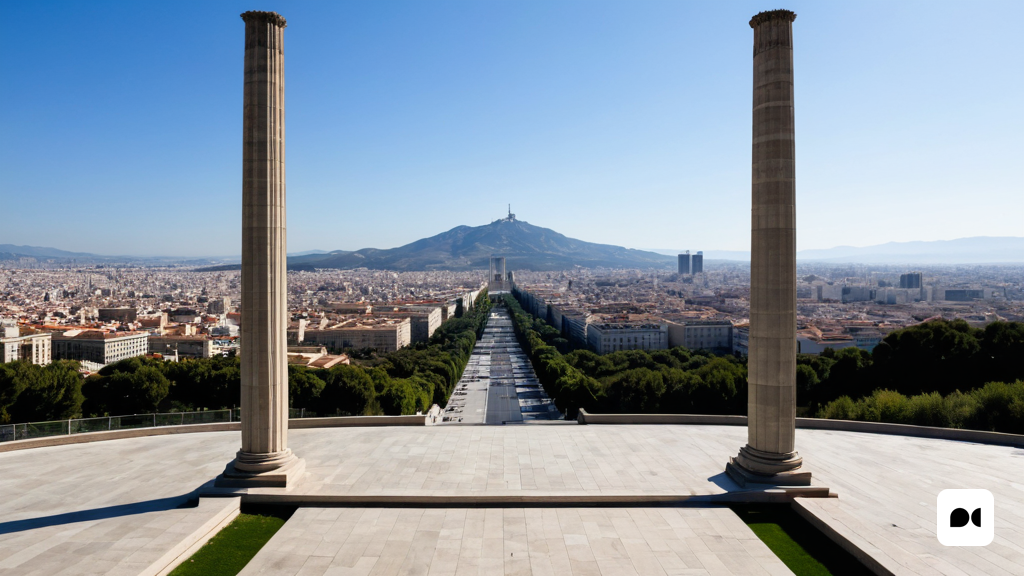Introduction
With the Four Columns of Puig and Cadafalch de Montjuïc in the background, which symbolize the four bars of the flag, ERC has presented the master lines of what it considers the “second phase” of the political conflict with the State. He has chosen the same scenario where, in fact, the first phase of the conflict began, when ERC and CDC presented the joint candidacy of JuntsXSí in 2015. ERC closes this first phase to pave the way for a second referendum : “We started from 2017, where we demonstrated strength and collective determination for what seemed impossible, and we also managed to get the State to recognize that there is a conflict and we can sit down, and we obtained tangible results such as the elimination of crime of sedition in the Penal Code, pardons and amnesty”, said the vice-president of the Generalitat and number 2 for Barcelona, Laura Vilagrà.
The road to a second referendum
The president of the Generalitat and leader of the ERC, Pere Aragonès, has detailed how the road to this second phase of the political conflict will be made. The aim is to call an agreed and binding referendum so that Catalonia can decide its future without the threat of repression. Aragonès emphasized that the increase in ERC’s strength will speed up the date of the referendum. The Republican candidate has stated that the question will be clear and binary: “Do you want Catalonia to become an independent state?”. He also stressed the importance of having international support and an internal social force to achieve victory in the referendum.
Allies on the way
Pere Aragonès has highlighted the importance of working with other political forces on this path towards independence. He celebrated that Junts has abandoned the ‘no’ strategy and is now following the same line as ERC. Regarding other parties, Aragonès has affirmed that they will negotiate content with the PSC, but has established three red lines: move forward in the negotiation to establish the basis of the referendum, obtain unique financing and strengthen the welfare state with the Catalan language. Instead, he ruled out reaching agreements with the extreme right.
Conclusion
The second phase of the political conflict in Catalonia is underway. ERC seeks to reach a second agreed and binding referendum so that Catalonia can decide its future. With international support and an internal social force, ERC is confident of achieving independence. The path to independence will be made by working with other political forces, but with the establishment of clear red lines. The future of Catalonia is at stake and the referendum will be the way for the Catalan people to express their will.

